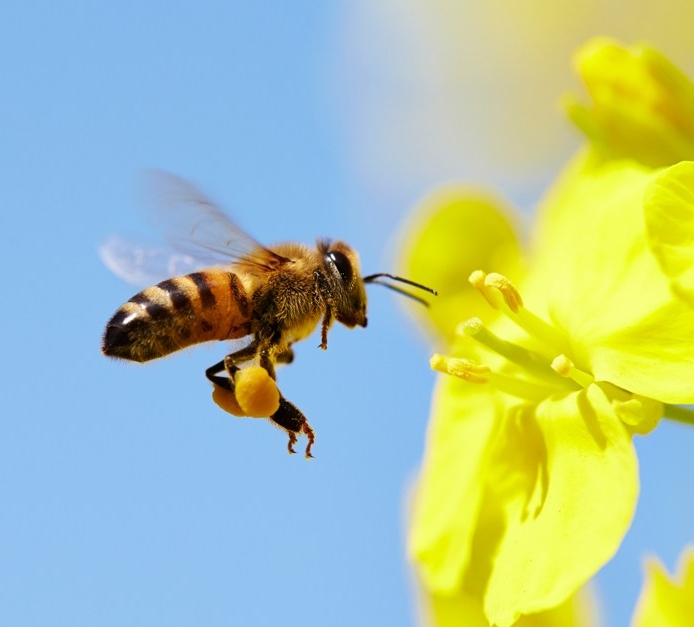ESTIMATED COST:
$0.14
PER STUDENT
Required materials:
several leaves from different trees, small glass containers, rubbing alcohol, paper coffee filters, shallow aluminum pan, hot tap water, aluminum foil, scissors, tape, marker, sticky notes, plastic spoons
TED-Ed Description:
It's true that the cooler weather is a good indication that the seasons are changing, but there's no sign like the color of the leaves. In this lesson, you'll learn why leaves change color in the fall, and you'll learn how to do paper chromatography to separate the pigments found in a leaf.
NGSS alignment:
1. Asking questions (for science) and defining problems (for engineering) 3. Planning and carrying out investigations 6. Constructing explanations (for science) and designing solutions (for engineering) 7. Engaging in argument from evidence 8. Obtaining, evaluating, and communicating information





